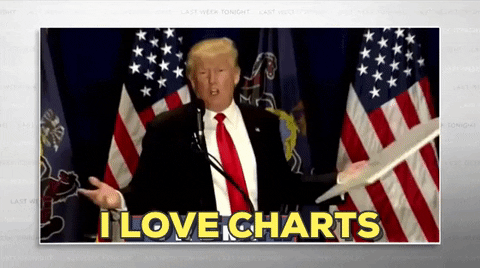
At the beginning of the semester I didn’t see the importance of incorporating literacy into a science classroom, nor did I know where to begin to do such a thing. I wholeheartedly believed literacy belonged in the language arts classroom and it was the job of ELA teachers to educate students on reading strategies and literacy practices. After reading Subject Matters and various other journal articles on the importance of literacy across all subject areas, my views on incorporating it into a science classroom have shifted.
Reading is all around us, whether it be through passages, diagrams, or charts we are constantly using different reading strategies to decode what’s in front of us. I think teachers tend to be hesitant when they hear about bringing literacy into the classroom because they think that means analyzing and teaching kids how to comprehend long passages, and it absolutely can mean that, but oftentimes, it’s understanding something that’s much more common to their subject area. It could be looking at a graph in math, understanding a diagram in science, or comprehending a timeline in social studies. I think the most helpful activity we did this semester was the lesson plan that incorporated a reading strategy. Not only did it get me to begin thinking about lesson planning, something we haven’t really touched upon in our other classes, but it also made me look through the lens of an ELA teacher and brainstorm different ideas on how to explain scientific topics. It was also helpful for me to see other reading strategies in practice and begin to visualize what I may do in my classroom someday. These strategies are an integral part of scaffolding information for students. They help students “explore the active mental work necessary to make sense of all this rich material” (SM, pg.87).

I also enjoyed the discussions and activities we did on textbooks; should we use them or not? Growing up I remember my favorite teachers using textbooks only on occasion, and only as a final delivery of information. “Textbooks continue to be overused and should be supplemented generously or replaced with other reading materials where possible” (SM, pg.53). Supplemental instruction is incredibly important when curating an engaging lesson. No student wants to read more than 3 pages of a textbook, because frankly, it’s boring and typically an overload of content. Textbooks are designed to deliver copious amounts of information, so this is another factor to consider when teaching students on different reading levels. Something that’s easily comprehensible to one student may be levels above the understanding of another. In a scenario like this, I can see myself bringing differentiation into the classroom. I could offer a student functioning at a high reading level a more in-depth article or video on animal cells, and offer a student reading at a lower level something that still offers somewhat of a challenge but not enough to discourage them from learning.
I believe this class gave me a good base-line to refer back to when incorporating literacy in my classroom. While I don’t know if I would incorporate every activity we did in this class into my own classroom someday, I definitely see the benefit in carrying out these practices, analyzing them, tweaking them, and finding a place for them in the curriculum if possible. I’ve really enjoyed our class discussions and believe my attitude has changed when it comes to teaching literacy in a science classroom. I think reading comprehension is at the base of all understanding, therefore, instilling these reading strategies upon my students will render a deeper understanding of the material. WC: 603